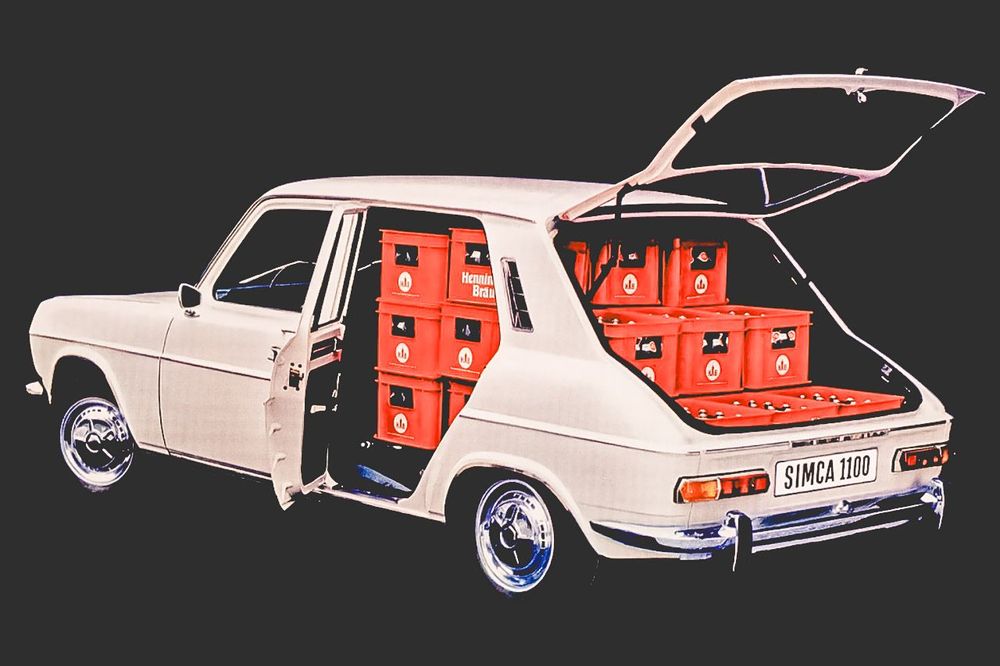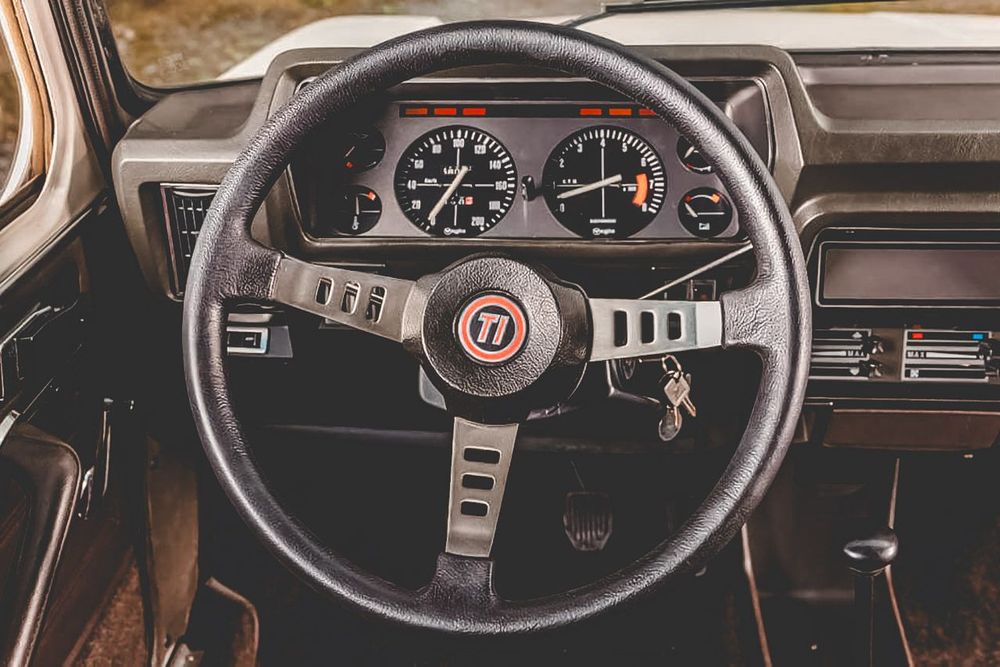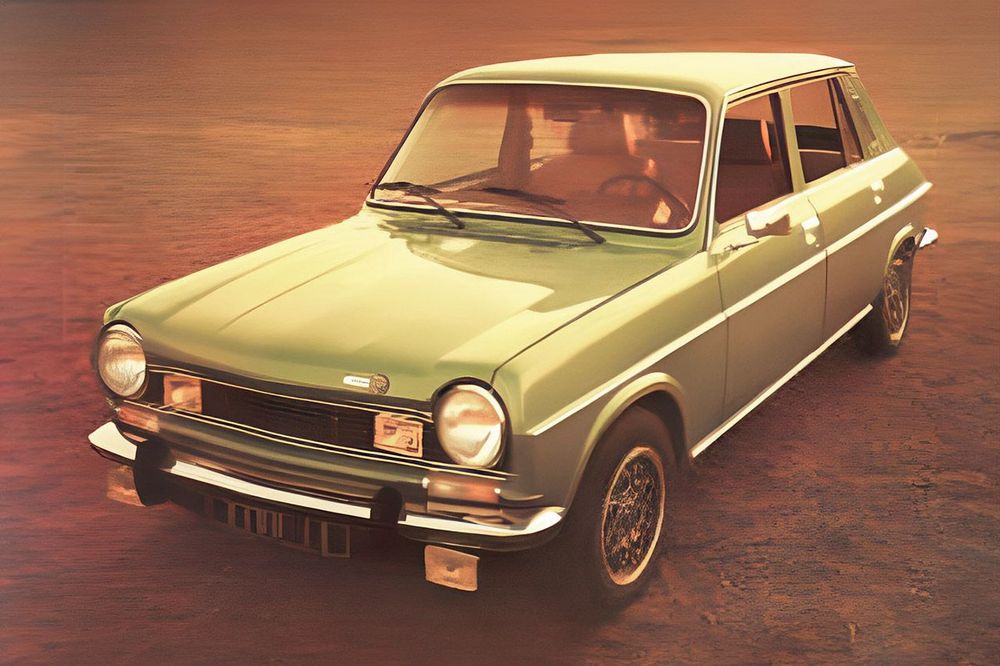Wronged: Simca 1100
There was a time when the industry panorama was made up of a multitude of independent manufacturers, each with their own product philosophies, in an almost experimentalist dynamic that gave rise to resounding failures, but also very original models that were finding their niche. . However, in the mid-1960s, the situation began to become more serious. Small builders were beginning to have difficulty finding a market and experiencing difficulties in subsistence. Three factors contributed to this phenomenon: technology – both that included in cars and that used in the manufacturing process – began to be decisive for the success of models and its cost implied a considerable sales volume; construction quality was an aspect increasingly valued by consumers and this was the weak point of small manufacturers; Finally, after the emergence of front transmission and transverse engine models, there was a tendency towards standardization of low and mid-range models.
Although the company's fortunes went hand in hand for decades, the 60s were good for the brand. At this time, Simca was in the unusual position of seeing its capital divided between three giants: Fiat held the majority of the capital, followed by Ford and Chrysler Europe. The latter began to strengthen its position, acquiring shares in Ford and Fiat, until it had total control of the company. In the models then in production, the 1000 and 1300/1500, the Fiat influence was noticeable. Particularly in the first, which was based on the old “everything behind” formula. The Simca 1100 was already in development, internally called “project 928”. From the beginning, the essential premises were defined: the new model would be a front-transmission car, with two volumes and with several body options.
At this time, the only front-drive compact family cars on the market were the Renault 4, the Austin 1100/1300 and the Autobianchi Primula, precursor to the Fiat 128. Simca tested different solutions, namely a longitudinal engine format, similar to the one used by the Renault 12, but would end up opting for a transverse orientation. In the end, the 1100 ended up going a little further than any competitor, offering a three- or five-door body style, with extraordinary cargo space thanks to folding seats, independent suspension, disc brakes and a twin-shaft engine. overhead cams. The only competitor so technically advanced was Peugeot, which was only available in sedan or estate format. If there were any doubts about the qualities of the Simca 1100, it would be enough to analyze the sales figures: 2.2 million units in eight years. Even more relevant, was the fact that Volkswagen admitted that the Simca was a great source of inspiration during the development of the unavoidable Golf.
Today, the model's price remains below €5,000 in perfect condition, or a little more in the case of the Ti version, with the engine powered by two double Webers and with a power of 82 hp. It is now very rare to find an 1100 in circulation, or even at classic events, despite its qualities and important role in the history of compact family cars. It may not be the most beautiful car, but even that doesn't justify the injustice of being forgotten.
If you know of any specimens that still have time to be saved, it is worth knowing that there are clubs and groups of enthusiasts in France that can be useful and even a Simca and Rootes Club in Portugal.









